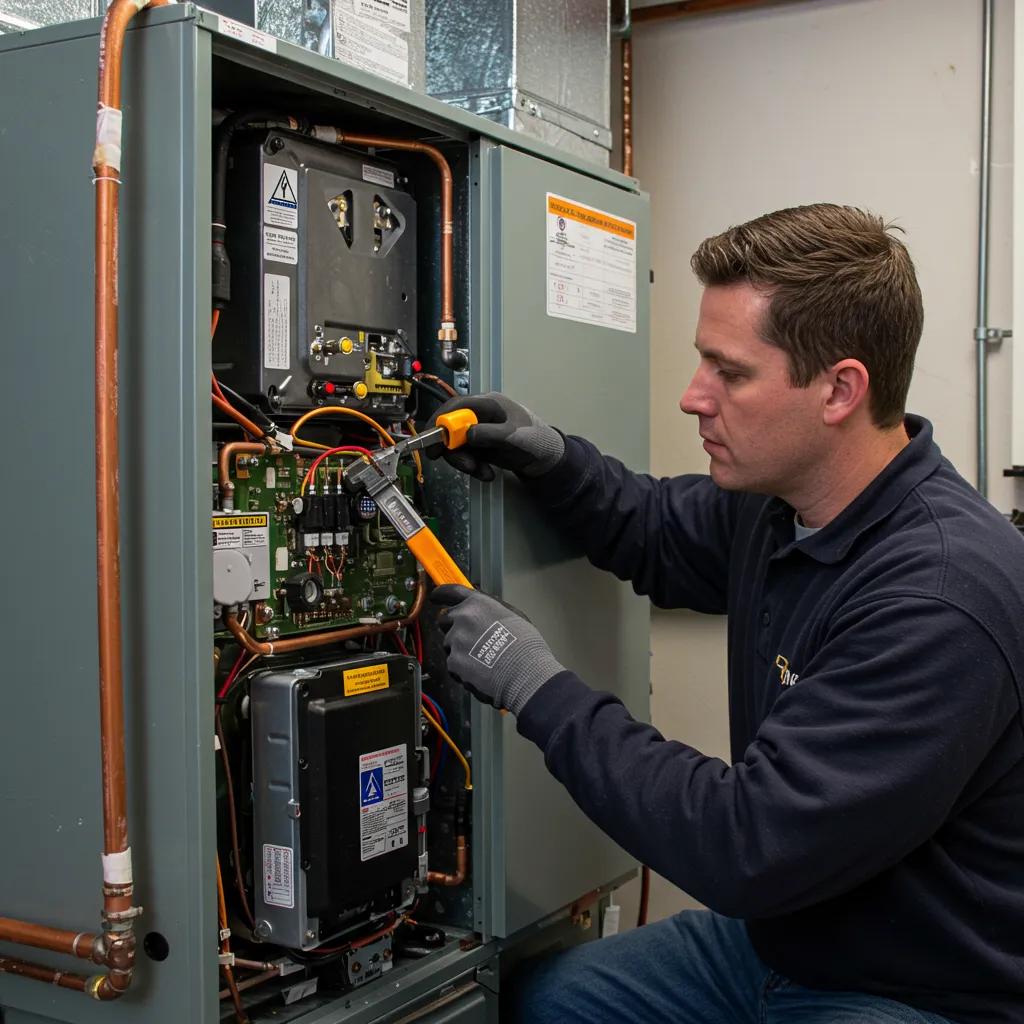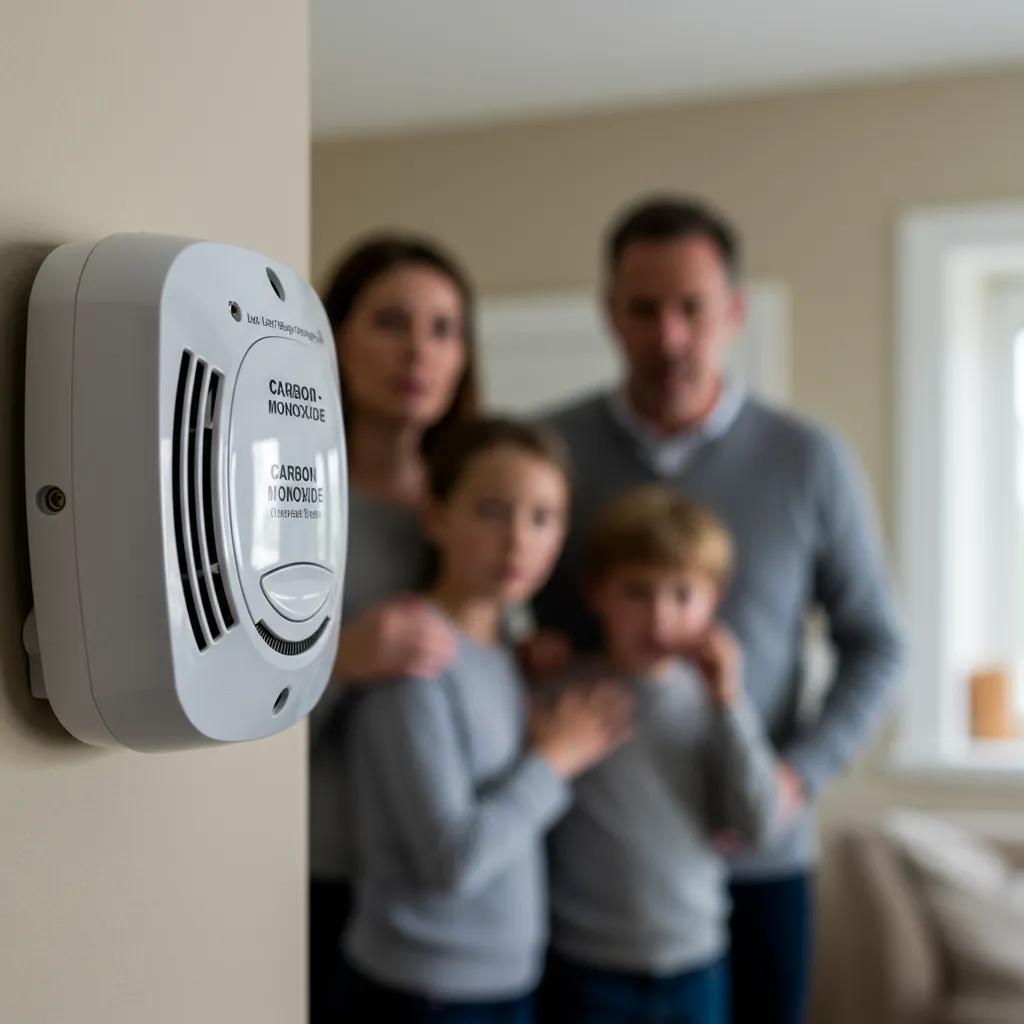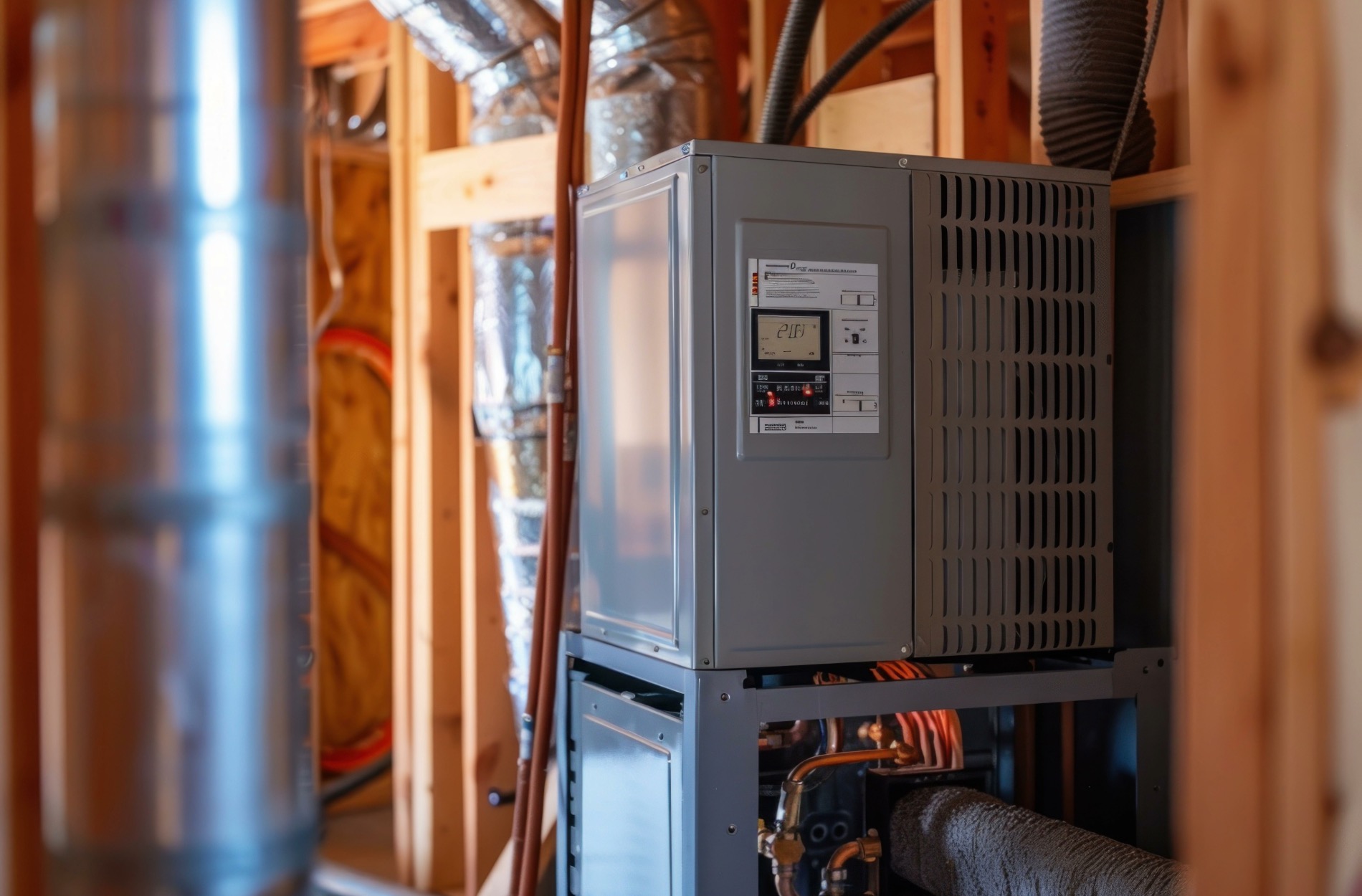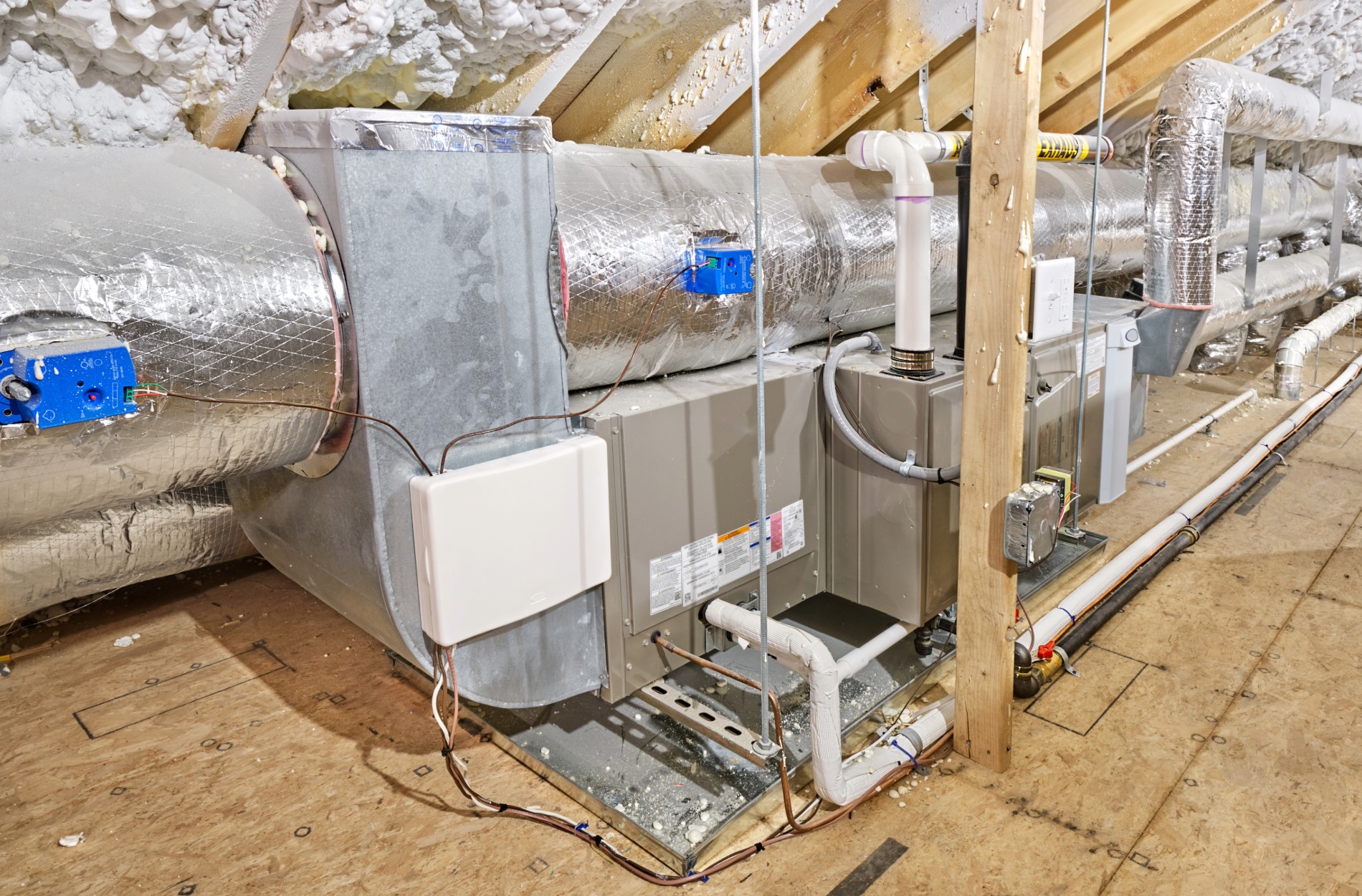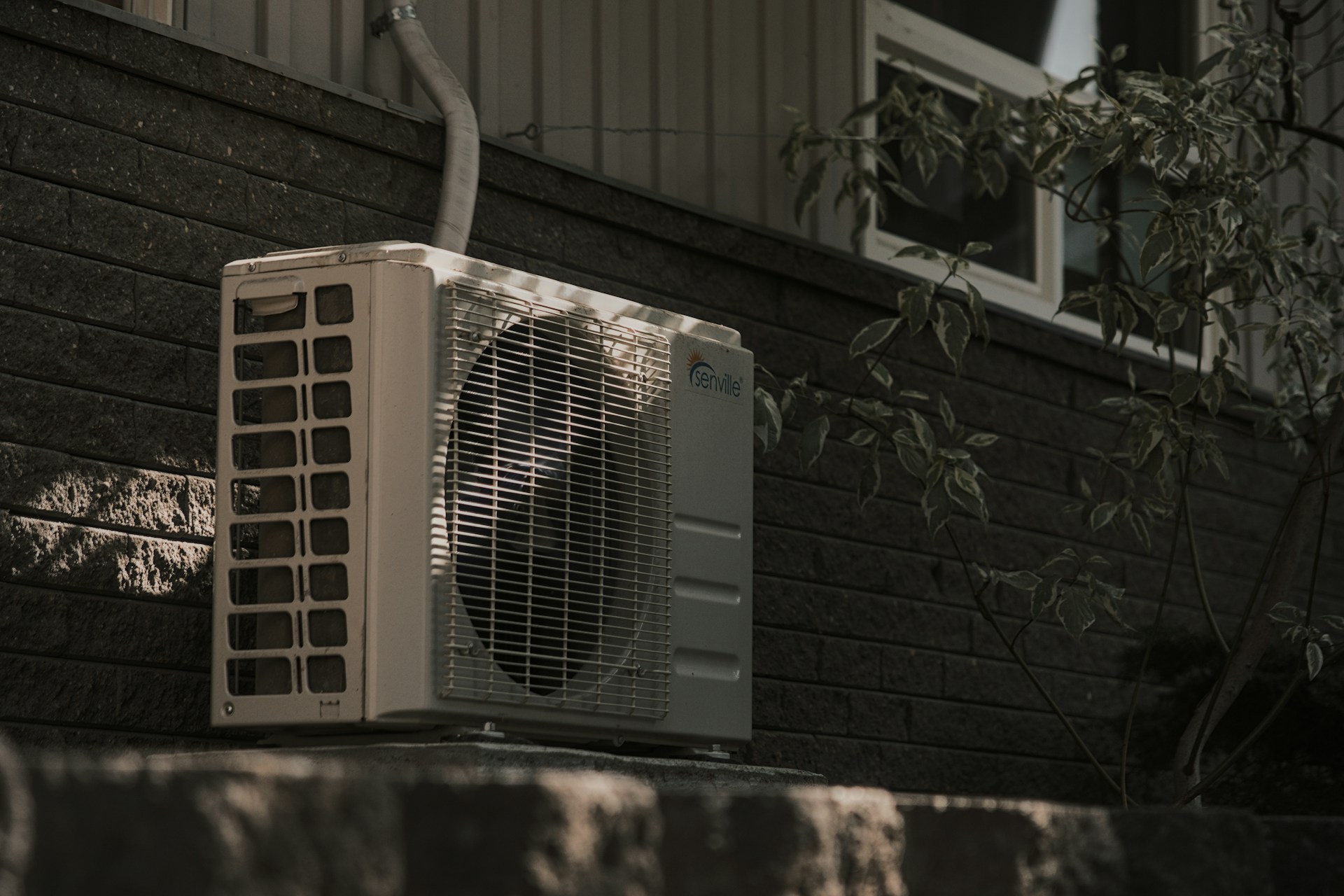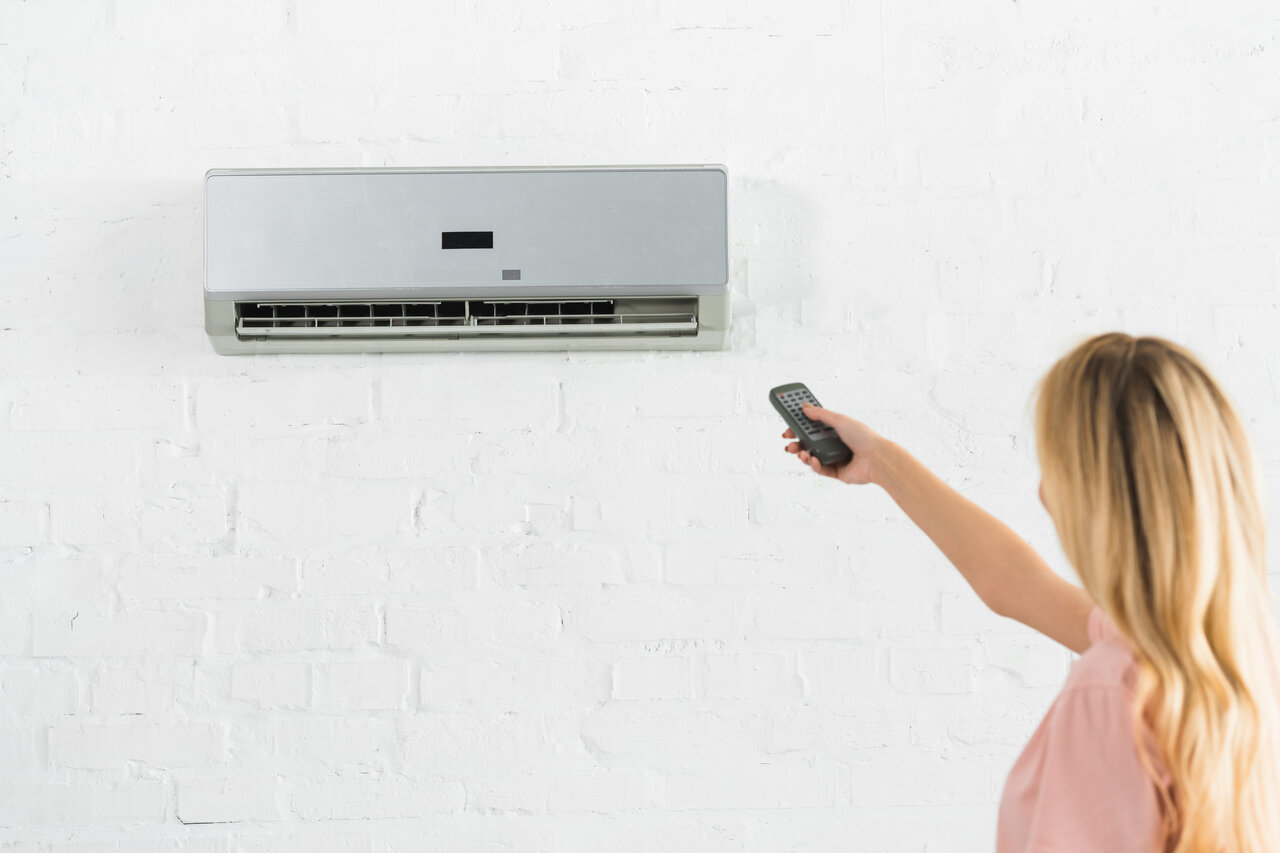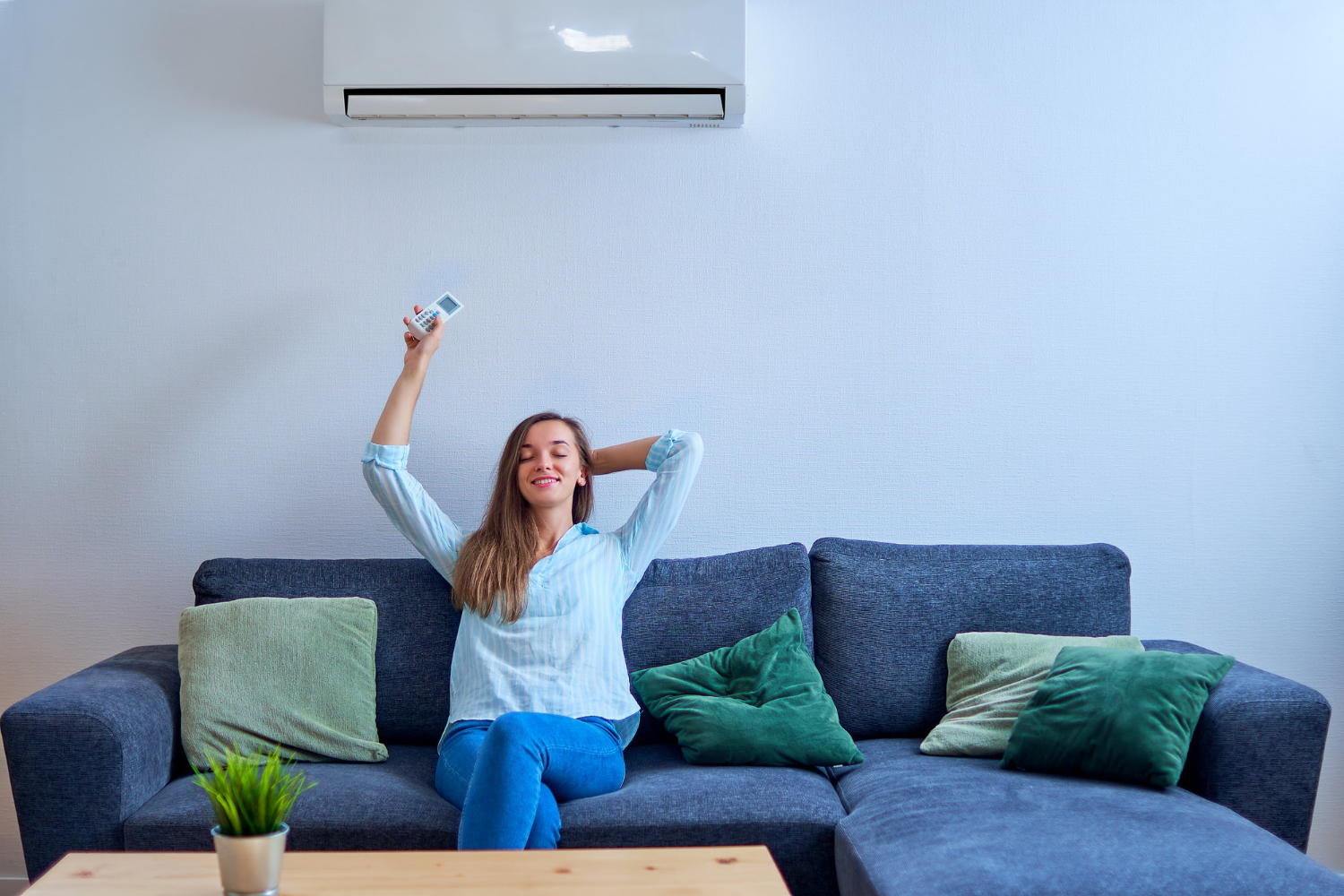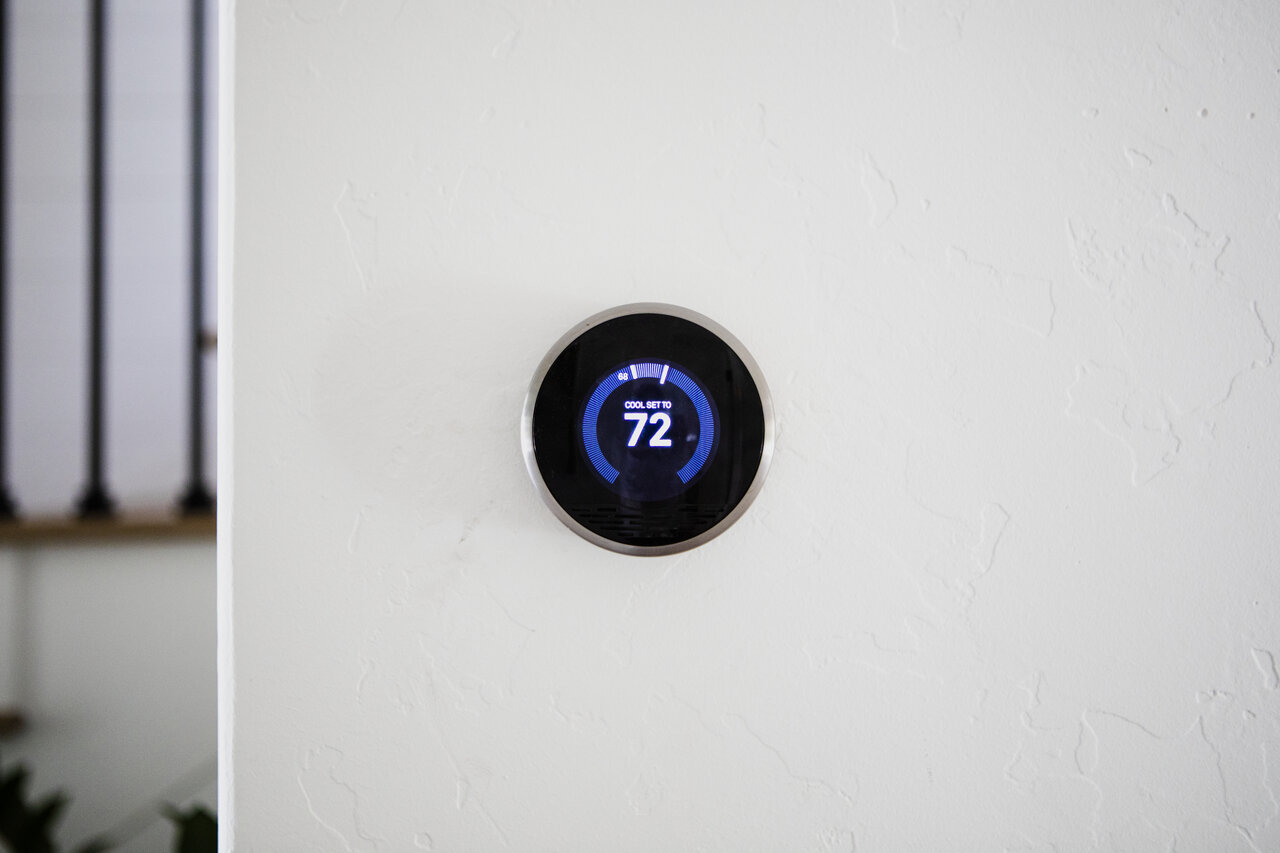Troubleshooting Furnace Making Noise: Causes, Diagnosis, and Repair Solutions
If your furnace is making noises it shouldn’t, this guide walks you through the likely causes, safe checks you can do yourself, and simple rules for when to call a pro. You’ll learn how to recognize banging, squealing, buzzing, rattling, and clicking sounds, what each usually means for parts like the blower motor, igniter, capacitor, heat exchanger, and ducts, and which symptoms are urgent—like a cracked heat exchanger or the smell of gas. We cover step-by-step inspections that don’t expose you to danger, explain when DIY stops being safe, and list preventive steps that cut noise and extend equipment life. Each H2 section gives practical checks, plain-language explanations of what’s happening inside the unit, and clear next steps so you know whether to continue troubleshooting or get professional help. Keywords such as furnace making noise, furnace loud noise, banging furnace noise, squealing furnace noise, and furnace repair are included to help you match what you hear to likely fixes quickly.
If you have an urgent issue—or you notice a gas smell, suspect carbon monoxide, or hear persistent loud banging—contact Just Cooling Air Conditioning and Heating for 24/7 emergency heater repair in Atlanta, Duluth, Marietta, and Suwanee, GA. We handle furnace repair, heating repair, emergency heating repair, and general furnace services; call (678) 825-4328 to schedule service or request a diagnostic. This local support is safety-first and fast; the rest of this guide focuses on safe troubleshooting and prevention you can do at home.
What Causes a Furnace to Make a Banging Noise?
A heavy “bang” usually points to delayed ignition—when gas builds up briefly before the burners light and creates a sharp pop—but it can also come from ducts that expand quickly, loose parts inside the cabinet, or in rare and dangerous cases, a cracked heat exchanger. Delayed ignition happens when the gas/air mix doesn’t ignite right away; when it finally does, the pressure spike makes the pop and can place extra stress on the heat exchanger. You might also see soot or yellow flames when combustion is unstable. If banging comes with yellow flames, soot, or a gas smell, shut the furnace down and call a technician immediately. Below is a quick checklist of common banging causes and safe checks you can perform.
Primary causes to consider before calling for professional help.
- Delayed ignition: Failure in ignition timing or components; can damage the heat exchanger.
- Duct expansion/contraction: Cold metal ducts can “pop” the first time warm air hits them.
- Loose burner assembly or panels: Internal parts that are loose can strike or vibrate and sound like bangs.
- Cracked heat exchanger: Uncommon but serious—banging plus CO-related symptoms demands immediate shutdown and inspection.
How Does Delayed Ignition Lead to Banging Noises?
Delayed ignition occurs when gas enters the combustion chamber but the igniter or pilot doesn’t light the mix right away, letting a pocket of fuel-rich air form. When that pocket finally ignites, the sudden pressure rise is felt as a bang. That pressure travels through the burner box and the ducts, creating a distinct knock at startup (sometimes one or two pops). The immediate danger is extra stress on the heat exchanger and the possibility of flame roll-out or soot — both signs of unstable combustion and a potential carbon monoxide risk. If banging repeats, don’t keep running the furnace; have a qualified technician inspect it to avoid long-term damage or a safety hazard.
Not every bang is combustion-related, so check other physical causes too.
What Other Factors Cause Banging Noises in Furnaces?
Warm air rushing into cold metal ducts can make loud bangs at first airflow; these usually fade after a few cycles. Loose panels, failing fasteners, or warped access doors inside the cabinet can hit moving parts and cause intermittent bangs—often fixable by tightening screws or replacing clips. A cracked heat exchanger is more serious: it can change combustion behavior and create structural knocks; if you also see rust, odd odors, or reduced heating performance, treat it as high-risk. Safe DIY checks include noting flame color and scanning visible panels for loose screws, but don’t open combustion areas or attempt gas-related repairs—those require a technician. If symptoms continue, shut the unit down and get professional help.
Use this table to triage banging sounds and decide on safe next steps.
| Cause | Symptom / When It Happens | Immediate Risk & Recommended Action |
|---|---|---|
| Delayed ignition | Sharp bang at startup; yellow or sooty flame | Risk to heat exchanger; turn off furnace and call a qualified technician |
| Duct expansion | Bangs at first warm-air flow, lessening after cycles | Low risk; secure ducts and add expansion straps or damping |
| Loose internal components | Intermittent knocks when blower starts | Medium risk; tighten panels or schedule service to inspect mounts |
| Cracked heat exchanger | Banging with odors, rust, decreased efficiency | High risk for CO leakage; shut down furnace and request emergency repair |
This quick reference maps banging causes to visible signs and what to do next so you can decide between safe DIY checks and emergency service.
How to Identify and Fix a Squealing Furnace Noise?
A high-pitched squeal usually points to the blower motor—worn bearings—or to a slipping or misaligned belt. Bearings that need lubrication make a steady howl; a slipping belt gives a rhythmic squeal, often at startup. Knowing the difference helps you focus on the blower assembly versus the belt or pulley. Start with safe checks: turn off power, check the air filter and belt condition, and listen near the blower housing to localize the sound. Below are practical steps to narrow the cause and guidance on when to call for motor work or a simple belt replacement.
Follow these step-by-step checks to isolate the squeal and decide whether it’s a DIY belt job or a pro repair.
- Check the air filter: A clogged filter puts extra load on the motor and can make squealing worse.
- Inspect belts and pulleys: A loose or glazed belt slips and squeals—replacing it often fixes the problem.
- Listen at the blower housing: Bearing noise centers on the motor and typically needs motor service or replacement.
- Look for debris: Bits stuck in the blower wheel make frictional squeals and must be removed with power off.
These are safe, practical actions that point to the likely repair: belt replacement, motor lubrication/repair, or motor swap.
What Does a Squealing Sound Indicate About the Blower Motor?
A sustained, high squeal usually means bearing wear inside the blower motor; belt slippage makes a shorter, load-dependent squeal. Worn bearings increase friction, pull more current, and shorten motor life—if you also notice heat or a burning smell, treat it as urgent. With power off, try turning the blower wheel by hand to feel roughness or binding; that helps distinguish a belt issue from motor failure. When bearings are worn, a technician will usually recommend bearing replacement or a motor swap for a reliable fix.
A failure analysis of blower motor bearings shows how degraded lubrication at high temperatures accelerates wear and leads to outer-ring fractures.
Failure Analysis of Air Blower Motor Bearing for Furnace Troubleshooting
In order to identify the causes of a fracture incident that occurred on the outer ring of a cylindrical roller bearing within an air blower motor, diverse characterization analyses were conducted in this study. Metallurgical structures and chemical compositions of the bearing’s matrix materials were inspected by metallographic microscope and photoelectric direct reading spectrometer. Scanning electron microscope and energy dispersive spectroscope were applied to detect the microscopic morphologies and micro-area compositions on the fracture surfaces and contact surfaces. The compositions and thermal properties of the lubrication medium, the grease, were also examined. Analysis results revealed that interaction between dry friction and impact both led by the degraded grease due to decomposition and oxidation at elevated temperatures, which resulted in serious wear of the outer ring and the cage, was the main cause that originated and propagated the fatigue cracks on the corners of the outer ring, and eventually resulted in the fracture. Finally, countermeasures and suggestions have been proposed.
Failure analysis of fatigue fracture on the outer ring of a cylindrical roller bearing in an air blower motor, ZG Yang, 2012
That research helps explain when a repair will do and when a replacement is the smart choice.
When Should You Replace or Repair the Blower Motor?
Deciding to repair or replace depends on the motor’s age, how often problems happen, and the cost comparison. Older motors or ones with repeated failures usually make replacement the better long-term value. If the motor is under warranty or the issue is a single bearing or capacitor, a targeted repair can be cost-effective; but motors that overheat, draw excess current, or show shaft damage typically need replacement. A technician will check amp draw, bearing condition, and system compatibility and present a cost vs. reliability comparison.
Next up: electrical sounds. The section below covers buzzing causes and safe troubleshooting to avoid shock or fire risks.
| Component | Likely Fault | DIY Check / Professional Fix |
|---|---|---|
| Blower motor bearings | Wear causing squeal and increased amp draw | Visual inspection and hand-rotate motor (power off); professional bearing replacement or motor swap |
| Drive belt / pulley | Slipping or glazing causing rhythmic squeal | Inspect belt wear and tension; replace belt if worn |
| Blower wheel debris | Frictional noise and imbalance | Remove debris with power off; professional balancing if vibration persists |
| Capacitor (start/run) | Weak start capacitor causing motor strain | Multimeter check by pro; replace capacitor if failing |
This table contrasts blower-related faults and the corresponding DIY checks versus professional fixes to help you choose the right next step.
Why Is My Furnace Making a Buzzing Noise? Electrical Issues and Safety Concerns
A buzzing noise often comes from electrical sources: failing capacitors, vibrating transformers or relays, loose wiring, or arcing. Each has different safety implications. Capacitor hum usually happens at startup or while running; relays and transformers make a lower-frequency buzz; loose wiring or arcing can be intermittent and may come with a burning smell or scorch marks. Safety first: always power down the unit before opening panels and stop immediately if you see smoke, sparks, or smell burning. The checklist below gives safe steps non-electricians can follow to gather useful info for a technician.
Follow this safety-first sequence to collect helpful observations without taking on electrical risk.
- Turn off power at the breaker: De-energize the unit before opening access panels.
- Visually inspect wiring and connectors: Look for discoloration, melted insulation, or loose terminal screws.
- Note when the buzz occurs: Startup-only buzz points to capacitors or start relays; continuous buzz suggests transformers or vibration.
- Stop and call a pro for smells or sparks: Any burning odor, arcing, or smoke requires immediate professional service.
Those observations will help a technician pinpoint the source faster and keep you safe in the meantime.
What Electrical Components Cause Buzzing Noises in Furnaces?
Common electrical culprits are capacitors, relays, transformers, and loose or arcing wiring—each with a distinct sound signature. Capacitor problems reduce motor torque and can overwork the blower, relay chatter points to worn contacts, and loose wiring can arc and present a fire risk. If you hear electrical buzzing, limit exposure, shut power off, and call a licensed technician for a safe electrical diagnostic.
This clarifies DIY boundaries and prepares you for the safe troubleshooting steps below.
How Can You Safely Troubleshoot Buzzing Furnace Noises?
Start by switching off the breaker, then look through any observation window or open outer panels (power still off) to check for loose screws, burn marks, or melted insulation—don’t touch wiring. Note whether the buzz happens only at startup or continuously, and record any smells or visual damage for the technician. If you see scorch marks or smell burning, leave the unit off and request emergency repair to avoid fire or CO risks. These steps give your tech a head start and keep you safe.
Next we’ll cover rattling noises inside the cabinet and in the ducts and how pros typically fix them.
Frequently Asked Questions
What should I do if my furnace is making a loud noise?
First, try to identify the type of noise—banging, squealing, buzzing, or rattling—because each points to different issues like delayed ignition, loose parts, or electrical faults. If the noise comes with a gas smell or signs of unstable combustion, turn off the furnace and call a professional right away. For less urgent noises, check and tighten loose panels, inspect ductwork, and make sure filters are clean before deciding whether to call a technician.
How can I tell if my furnace noise is a safety concern?
Safety-related noises include loud banging, repeated clicking without ignition, or any sound paired with a gas odor or visible soot. Banging can mean delayed ignition or a cracked heat exchanger; clicking can point to ignition failure. Yellow flames, burning smells, or soot are red flags—shut off the furnace and contact a qualified technician immediately to avoid carbon monoxide or gas hazards.
Can I perform maintenance on my furnace to reduce noise?
Yes. Regular maintenance goes a long way: replace or clean filters, lubricate moving parts, and tighten loose panels. Securing ducts reduces rattling. An annual professional tune-up helps catch ignition or electrical problems early so they don’t become noisy or dangerous. Many owners take care of filters themselves and schedule a yearly service visit for the rest.
What are the signs that my blower motor needs repair?
High-pitched squealing, unusual vibrations, or a burning smell are strong signs the blower motor needs attention. Squealing often indicates worn bearings or a slipping belt; vibrations can mean imbalance or loose mounts. If the motor overheats or draws excessive current, it may be near failure. Address unusual sounds quickly to avoid bigger problems.
How often should I schedule professional furnace inspections?
At minimum, schedule a professional furnace inspection once a year—ideally before the heating season. Annual checks let technicians test ignition systems, inspect electrical components, and confirm proper airflow. This proactive step reduces surprises, improves safety, and keeps your system quieter and more reliable.
Conclusion
Knowing what your furnace noises mean helps you act faster and safer. By recognizing banging, squealing, buzzing, rattling, and clicking, you can perform basic, safe checks yourself and call a professional when needed. Regular maintenance and timely repairs reduce noise, improve safety, and extend equipment life. For expert help and preventive service, contact Just Cooling Air Conditioning and Heating — we’re local, safety-first, and ready to help keep your home comfortable and quiet.



